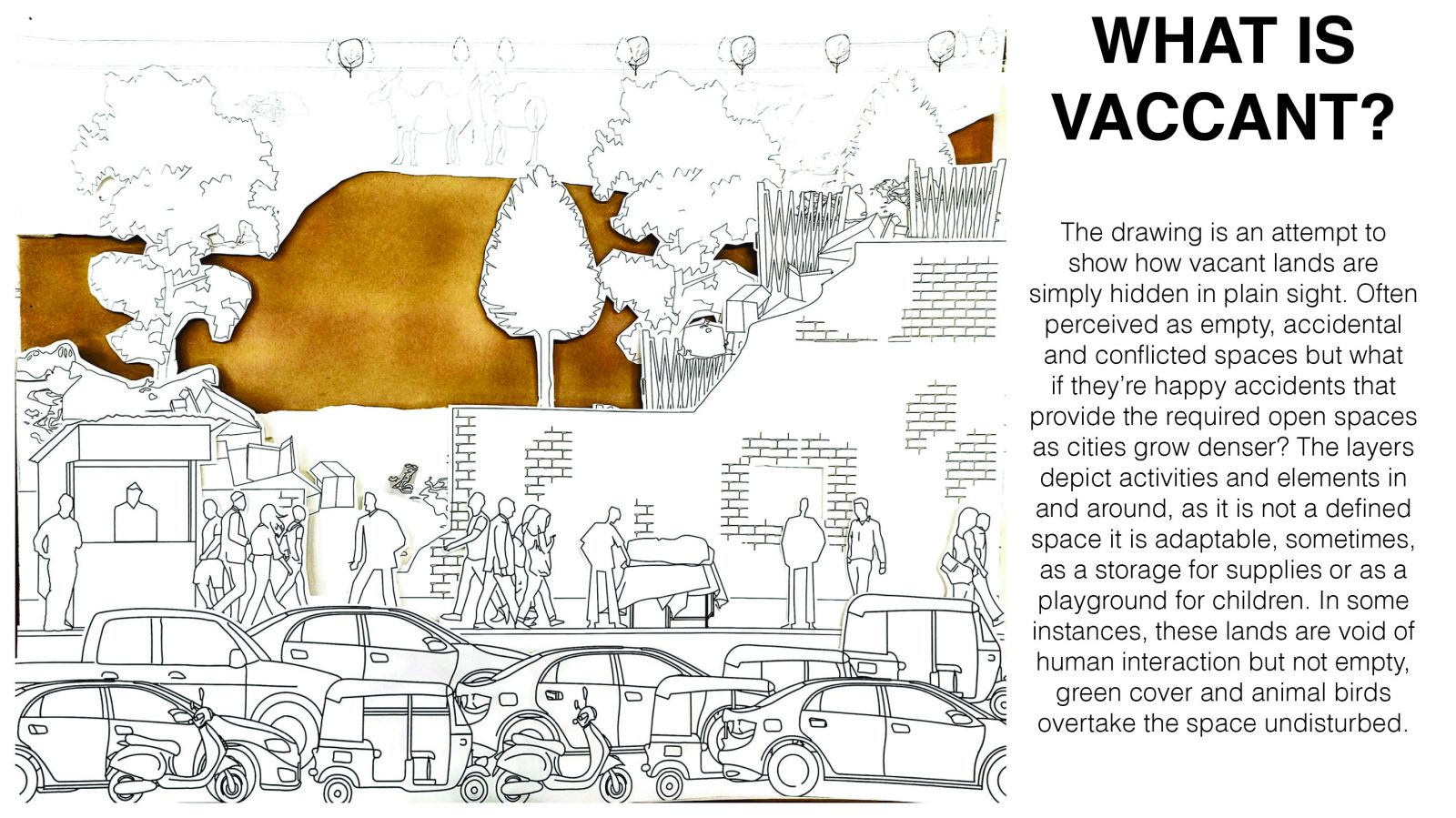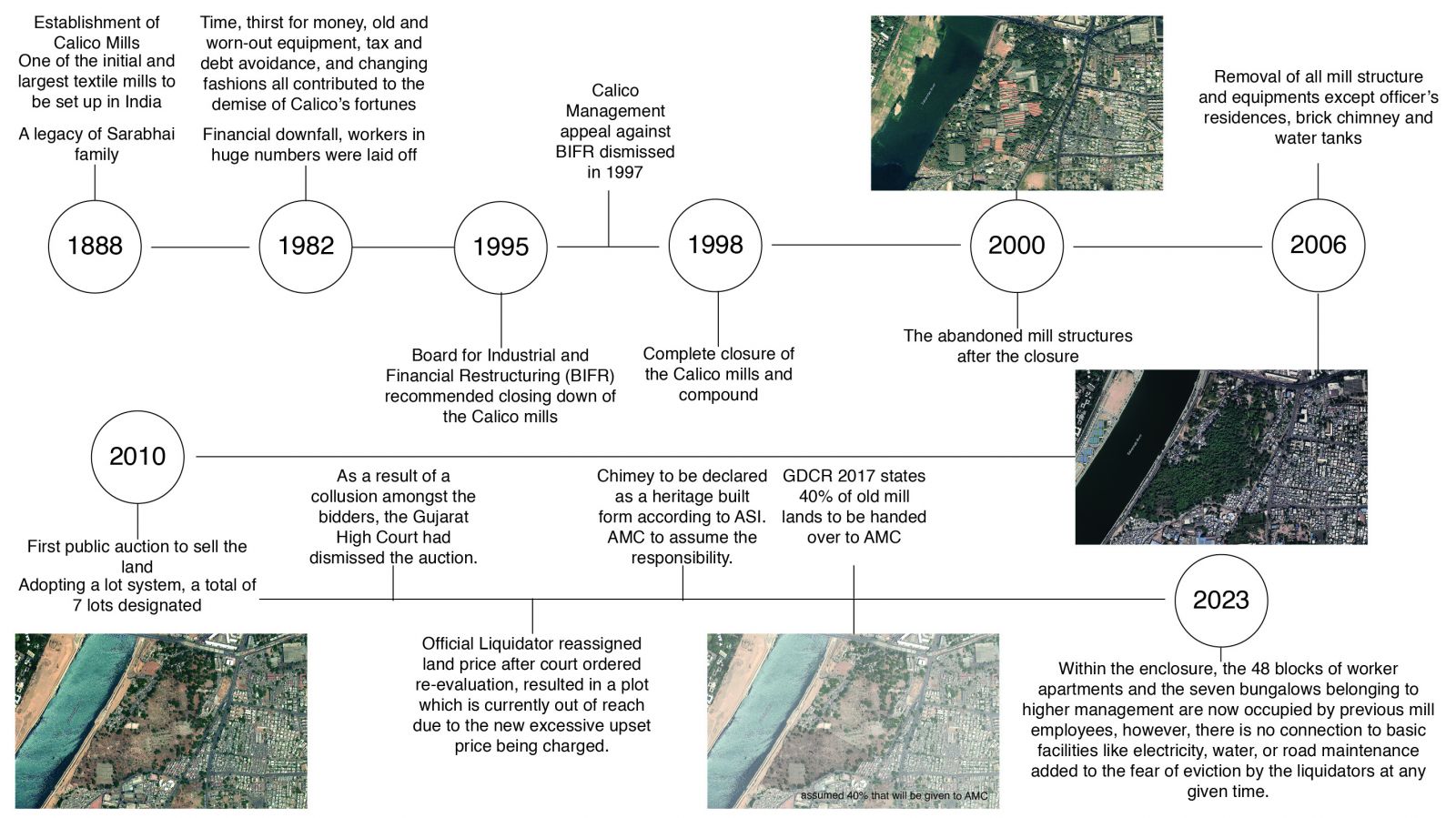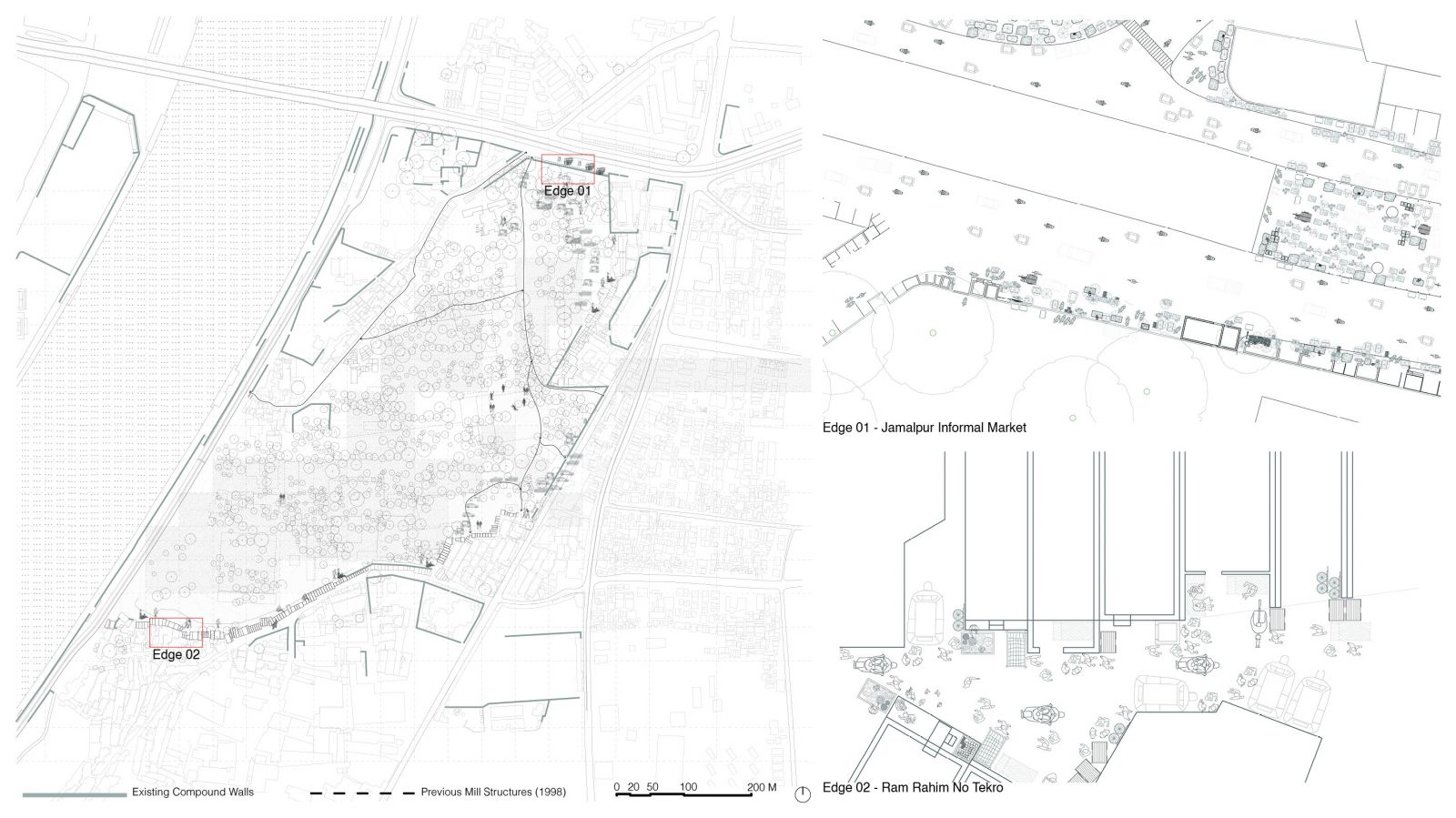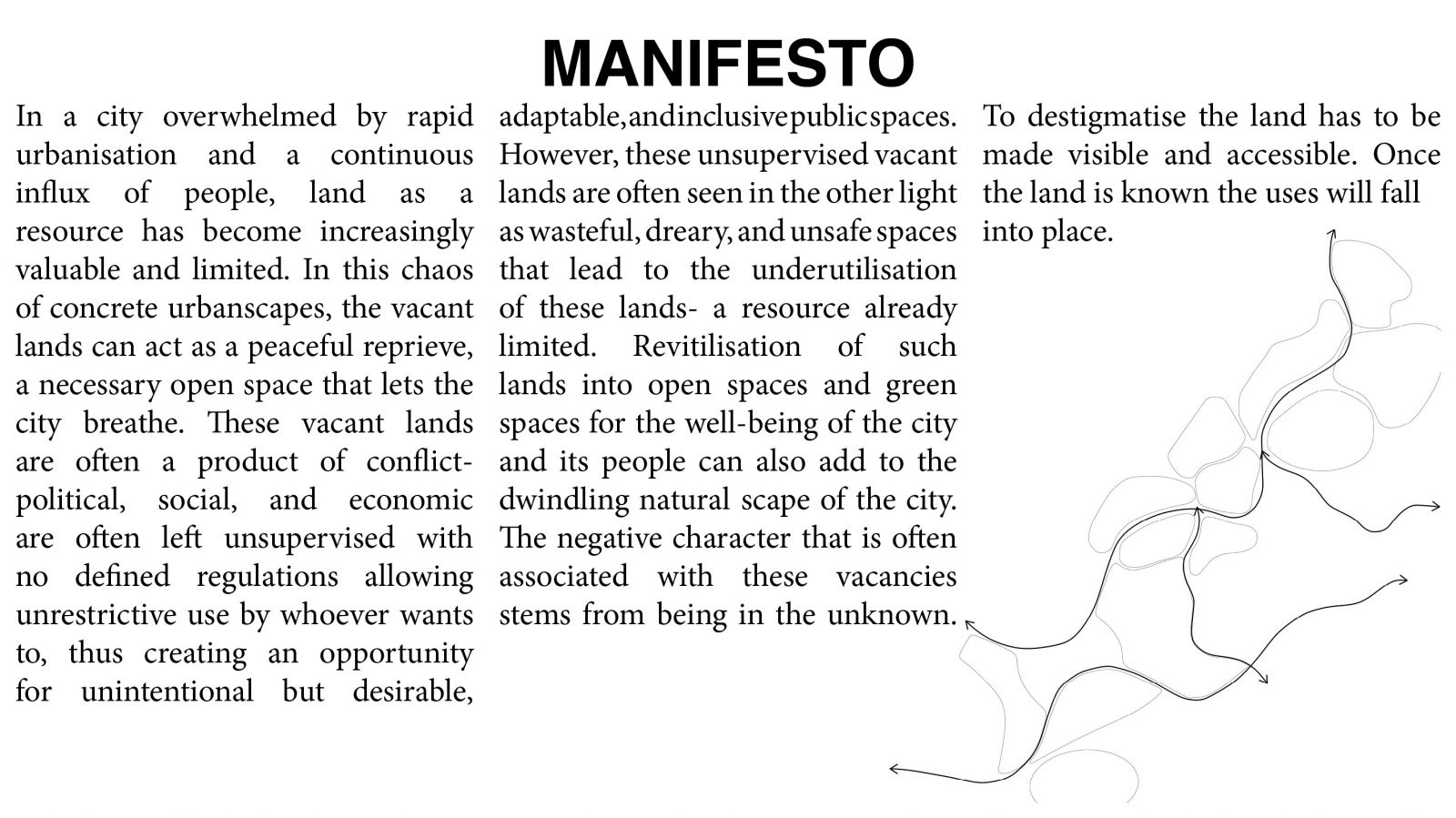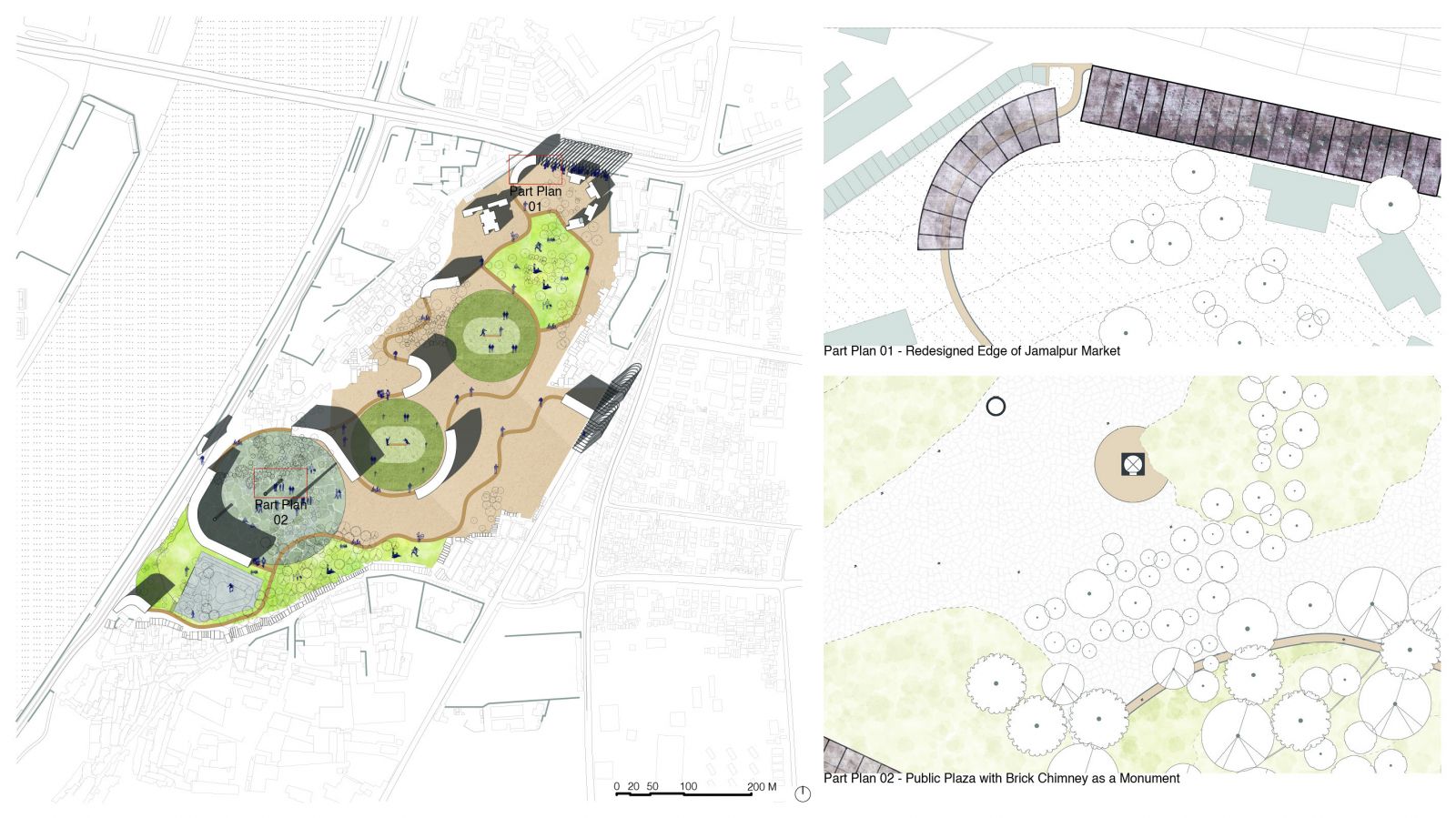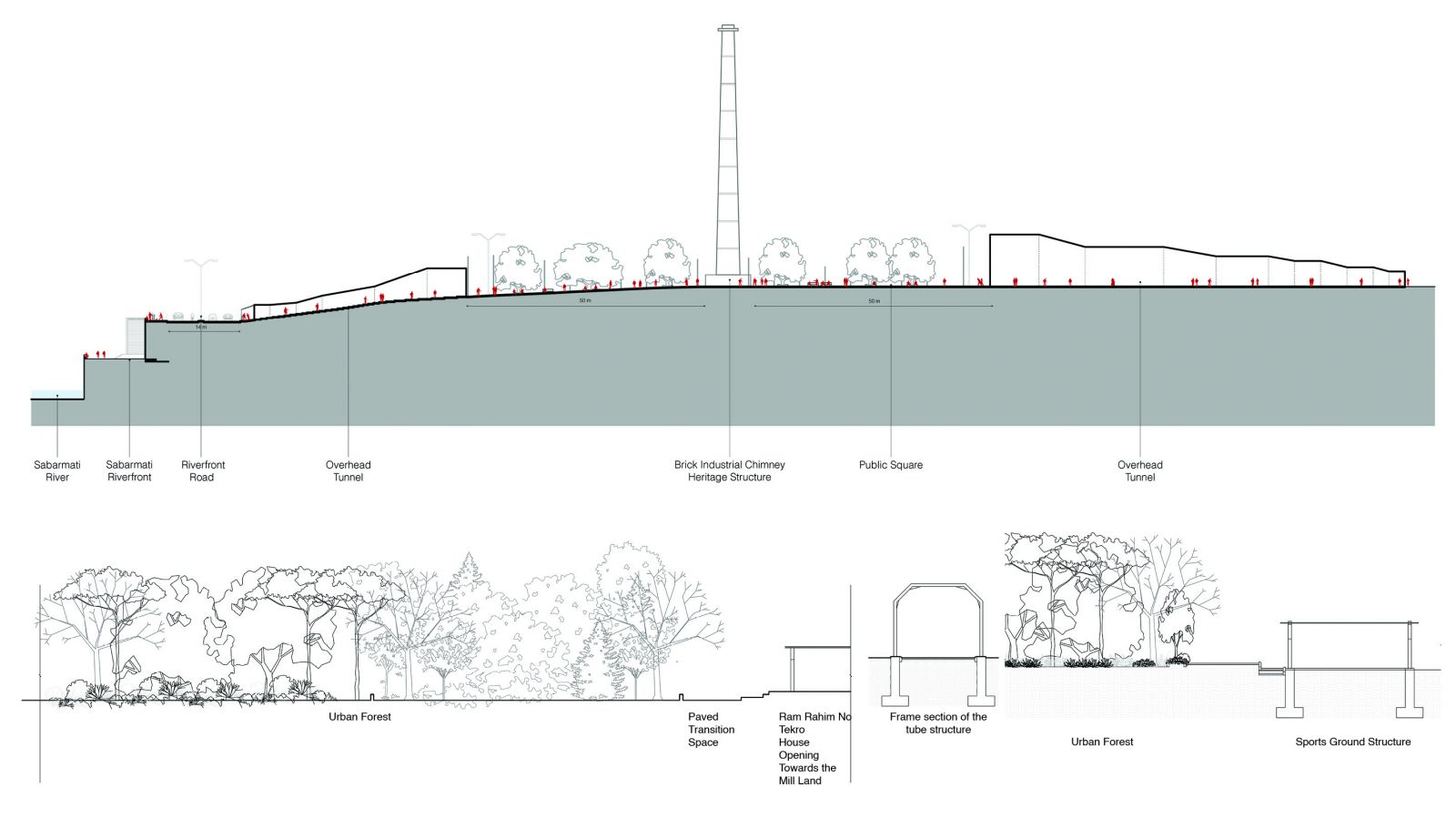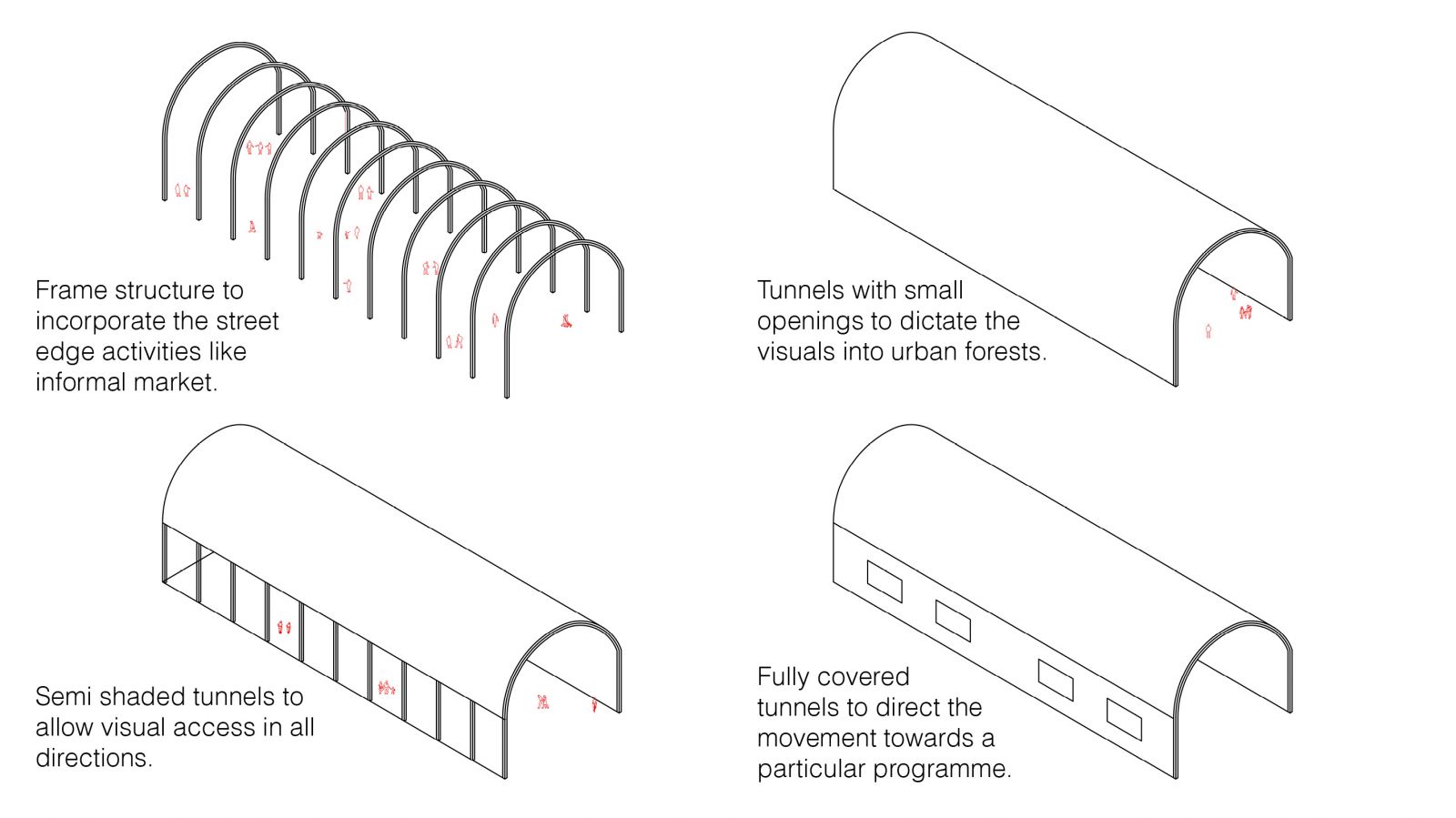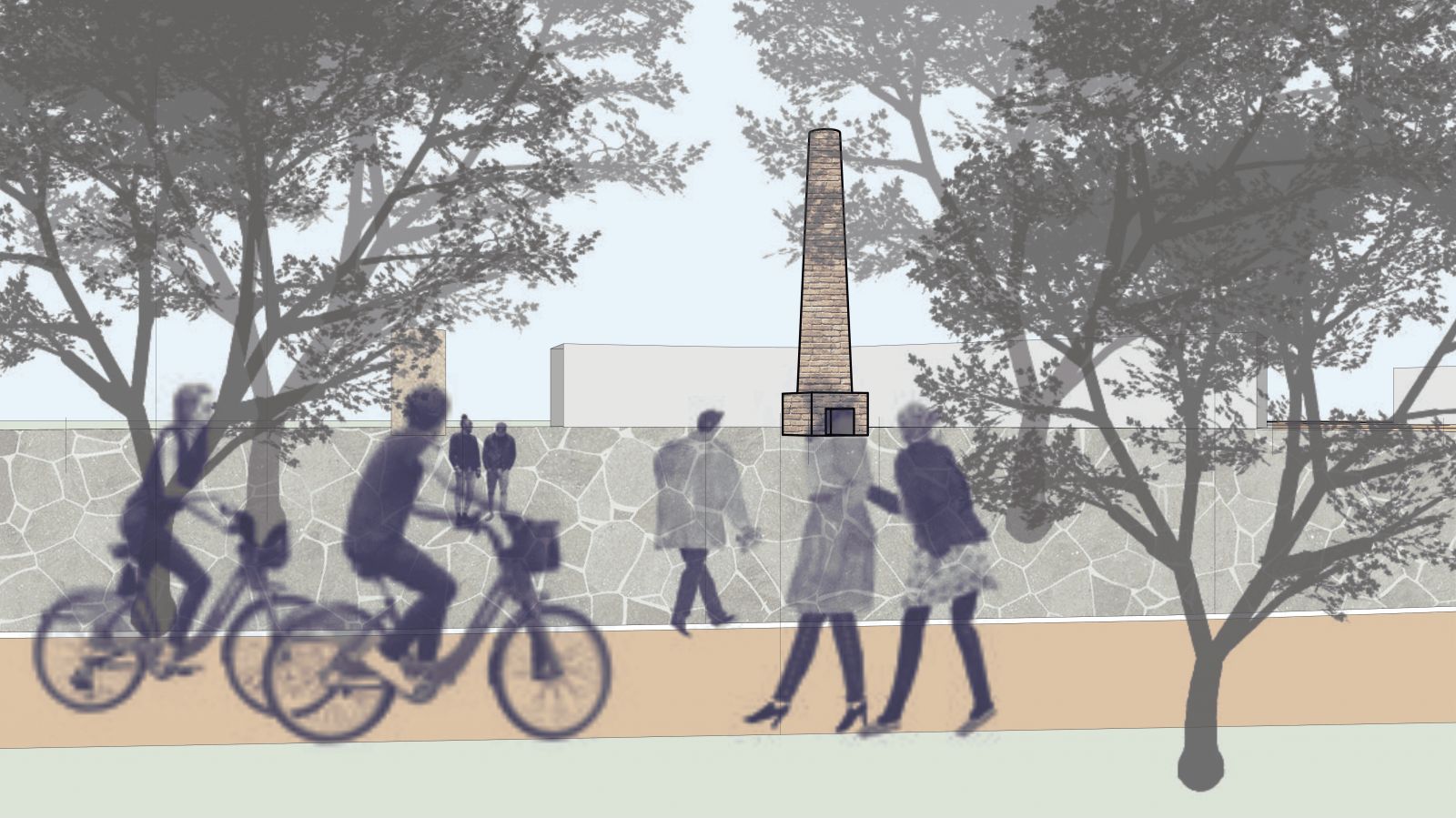Your browser is out-of-date!
For a richer surfing experience on our website, please update your browser. Update my browser now!
For a richer surfing experience on our website, please update your browser. Update my browser now!
The project delves into how long-term political, economic or social conflicts are at the core of vacant lands in most cases leading to stigmatization leading to a longer term of disuse and eventually converting the space into a wasteland. Vacant lands provide an opportunity for public spaces that are adaptable and inclusive because there is no clear understanding of ownership, however, the same principle vacant lands also end up as dump yards, isolated and deary spaces giving way to stigmatization instead. The long-term disuse with no upkeep has been seen as eventually becoming the site for illicit activities like gambling, drugs, and violent crimes. In a city overwhelmed by urbanization and with little to no open spaces for the city, where land is a limited and expensive resource seems imprudent. The project argues that if a land is contested it does not have to be a wasteland and aims to explore different De-stigmatization strategies on the ground of calico mills. Calico Mills is taken as a test site. It has been undergoing conflict for the last 40 years. The mills were closed down in 1995 due to tax debt and outdated technology. Since that, 24 hectares of land have been vacant till present. In 2010, the land owned by Ahmedabad Manufacturing & Calico Printing Mill Co Ltd, better known as Calico Mills, was put up for auction by the official liquidator. Due to a cartel among the bidders, the Gujarat High Court rejected the auction. The parcel of land now has a new upended value of Rs386.73 crore. Realtors in the city claim that the plot is currently out of reach due to the new upset price being charged, which is extremely excessive. This takes into account both the plot’s geographic location and the obligations associated with the numerous fees that must be paid to various organizations, including the AMC. Due to the large scale and the cost the site has been inactive for the last 40 years with no development happening and no accessibility to the land the site eventually came to be resonated with news of murder and other illicit activities and eventually with the feeling of fear. In an ideal state, the location and geographic features allow the developing of the land for the people. The project envisions the Calico Mills land as a collage of pockets of public spaces that brings people from all over the city and re-establish the legacy of Calico Mills. The first step taken is to de-stigmatizing the Calico Mills land by creating access points using overground tunnels that open up at strategic, curated places, allowing people visual/physical access to the site. The tunnels open to different public spaces are designed such that they can incorporate the existing activities on the site like cricket and community gathering spaces. It also incorporates the dense ecology into urban forests, walking and bicycle paths, and the heritage structure—the brick chimney. In addition, the project introduces activities like cycling and skating parks to connect the site with its context (the riverfront, and the Jamalpur market). The project proposes an intermediate plan to not only destigmatize but open up the land and give a direction for future development.
View Additional Work